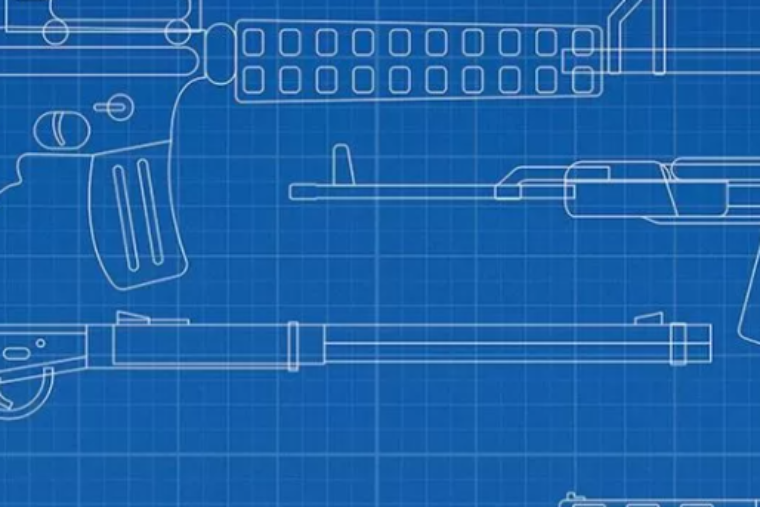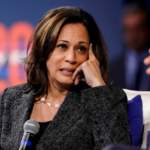How a scary name for an arbitrary group of firearms distorts the gun control debate
James Huberty, a 41-year-old survivalist who had recently lost his job as a security guard, spent the morning of July 18, 1984, at the San Diego Zoo with his wife, Etna, and their two daughters. The family ate lunch at a McDonald’s restaurant in the Clairemont neighborhood before returning to their home in San Ysidro. After Etna lay down to rest, Huberty approached her and said, “I want to kiss you goodbye.” When she asked him where he was going, he said he was “hunting humans.”
Just before 4 p.m., Huberty drove his black Mercury Marquis sedan to a San Ysidro McDonald’s, where he used three guns—a Browning 9mm pistol, a Winchester 12-gauge shotgun, and an Uzi 9mm semi-automatic carbine—to shoot 40 people. Twenty-one of them died, including an 8-month-old boy and a 9-year-old girl. Seventy-eight minutes after the shooting began, a police sniper killed Huberty with a single shot to the chest.
California Assemblyman Art Agnos, a San Francisco Democrat who would later serve as that city’s mayor, cited the San Ysidro massacre as an argument for his 1985 bill banning what he called “assault weapons”—semi-automatic versions of military firearms, such as the Uzi used by Huberty. Unlike the rifles that soldiers carry, which are capable of automatic or burst fire (i.e., holding down the trigger fires either a continuous stream or a short series of rounds), these civilian models fire just one round per trigger pull. But Agnos thought they should be regulated as strictly as machine guns, which ordinary civilians cannot legally possess in California without a permit that is essentially impossible to obtain.
By Jacob Sullum



